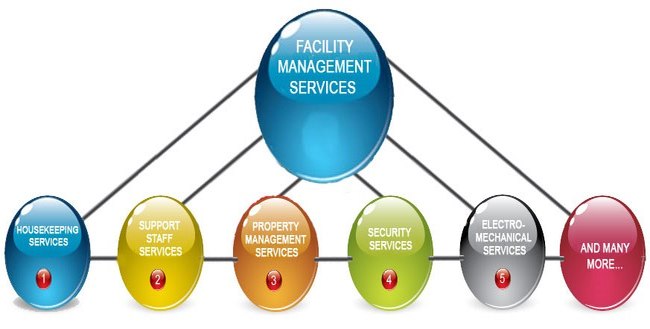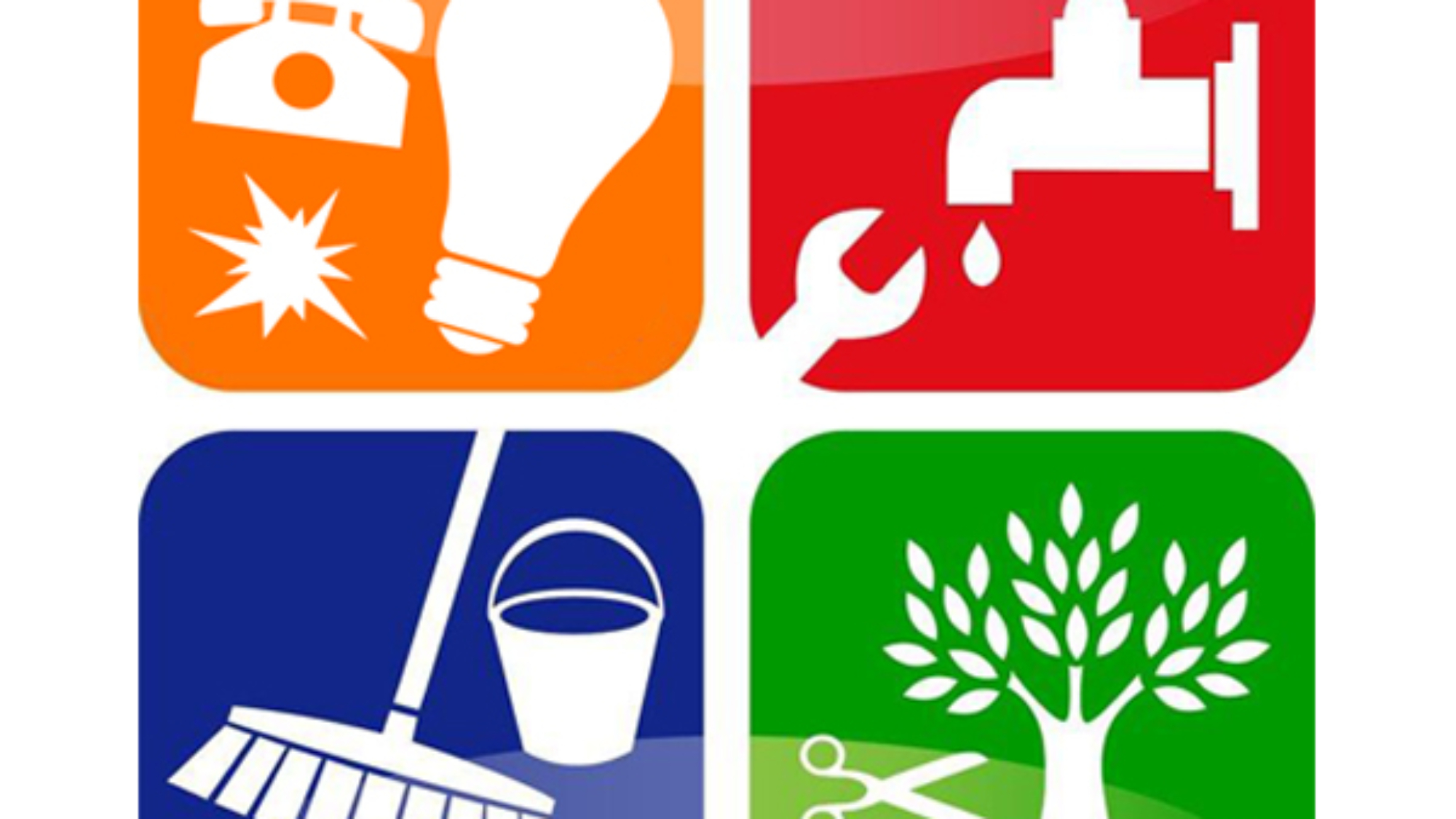The Vital Overview to Facility Management: Methods for Success
Facility administration plays a critical duty in the overall success of an organization, serving as the foundation that sustains safety, efficiency, and efficiency. The nuances of efficient facility monitoring extend past simple logistics and need a comprehensive understanding of both qualitative and quantitative metrics.
Recognizing Facility Administration
What comprises efficient center management? Efficient facility monitoring incorporates the coordination of various organizational features to make certain that constructed atmospheres are secure, efficient, and for productivity. Facility Management. It integrates the concepts of architecture, business, and engineering management to develop a smooth functional flow within a company
Crucial element of facility management include area planning, upkeep administration, and compliance with health and safety and security guidelines. Space planning concentrates on optimizing the use of physical sources to sustain organizational goals, while maintenance administration makes sure that centers are maintained in optimum problem, making best use of life expectancy and decreasing functional prices. Conformity with legal and governing standards is important, as it safeguards the organization against potential responsibilities and improves its online reputation.
Moreover, effective facility management counts on the calculated use of technology, such as Structure Management Equipment (BMS) and Computer-Aided Center Monitoring (CAFM) tools. These technologies help with real-time monitoring of building systems and improve maintenance procedures. Eventually, a thorough strategy to center administration not just promotes functional effectiveness but also fosters a positive atmosphere for employees and site visitors alike, driving general business success.
Key Approaches for Optimization
Enhancing facility monitoring requires a critical approach that lines up operational experiment organizational purposes. To accomplish this, the very first vital approach is the application of integrated technical remedies. Making use of advanced software program systems enables real-time tracking of center operations, facilitating data-driven decision-making and boosting general effectiveness.
Second of all, normal evaluations of center efficiency are essential. Conducting routine examinations and audits makes it possible for facility managers to determine locations that need enhancement, guaranteeing that sources are allocated successfully. This positive approach aids in reducing downtime and boosting service shipment.
An additional important approach is cultivating partnership across departments. By motivating open communication in between teams, facility managers can much better align their approaches with business goals, resulting in improved operational harmony. Furthermore, involving team in training programs advertises a culture of responsibility and improves their capability to add to optimization efforts.
Enhancing Safety Procedures
Enhancing safety and security protocols is important for creating a protected environment within facilities. A detailed safety and security protocol not just shields site visitors and workers but also boosts functional effectiveness. To attain this, center supervisors must carry out routine threat evaluations to identify prospective risks and ensure that ideal measures remain in place.
Training and education are vital components of efficient safety and security methods - Facility Management. Staff members should obtain recurring training in emergency situation treatments, equipment handling, and individual safety steps. Normal drills, such as fire emptyings or lockdown procedures, foster familiarity and readiness amongst team
Additionally, clear interaction channels must be developed to report safety and security concerns quickly. This includes developing an accessible platform for employees to voice potential dangers or occurrences without worry of reprisal. Leveraging technology can improve safety measures; for example, carrying out security systems and access controls helps keep track of facility tasks and restrict unauthorized entrance.
Finally, conformity with local regulations and industry criteria is non-negotiable. Regular audits and testimonials of security protocols ensure positioning with existing laws and best methods. By prioritizing these methods, facility supervisors can grow a culture of safety and security that safeguards all stakeholders and inevitably contributes to the organization's success.
Improving Work Environment Setting

Ergonomic considerations are important to lessen physical pressure and pain. Facility Management. This involves supplying flexible furnishings, proper illumination, and sufficient area for motion. These adjustments can result in reduced absence and enhanced work satisfaction
Appearances play an essential function fit the work environment ambience. Using shade psychology, natural lights, and greenery can cultivate a welcoming and boosting atmosphere. Attentively made areas can improve creative thinking and improve overall well-being.
Moreover, urging worker interaction via comprehensive decision-making procedures can enhance the feeling of possession and belonging. Gathering comments on workplace improvements and including employees in the layout procedure can cause a much more tailored atmosphere that fulfills their requirements.
Finally, promoting well-being efforts, such as health cares and leisure spaces, can further contribute to a supportive work environment society. By focusing on these strategies, center managers can efficiently improve the office atmosphere, driving both worker complete satisfaction and organizational success.
Measuring Success in Facilities
Determining success in read more facility administration requires a thorough technique that evaluates both measurable and qualitative metrics. Measurable metrics generally include essential efficiency signs (KPIs) such as area usage prices, energy intake, maintenance prices, and tenancy degrees. These metrics offer a clear photo of operational efficiency and financial performance, permitting center managers to identify locations for enhancement and benchmark versus market criteria.
Qualitative metrics, on the other hand, concentrate more info on customer complete satisfaction and worker involvement. Surveys and responses devices can determine exactly how well the centers fulfill the needs of residents, assisting to evaluate the total workplace setting. This element is important, as a pleased workforce is often linked to boosted performance and retention rates.
To successfully gauge success, facility supervisors must likewise think about incorporating technology, such as developing administration systems and information analytics devices, to gather and assess appropriate information. Frequently assessing both collections of metrics permits a more balanced sight of efficiency and notifies tactical choices. Eventually, an effective center monitoring approach rests on a dedication to continual renovation, ensuring that both functional effectiveness and user contentment are focused on.
Final Thought

Center administration plays a crucial role in the general success of an organization, offering as the backbone that sustains performance, efficiency, and safety and security.Secret elements of facility monitoring consist of space planning, maintenance management, and compliance with wellness and security guidelines.Additionally, reliable center monitoring counts on the tactical usage of modern technology, such as Building Monitoring Equipment (BMS) and Computer-Aided Facility Monitoring (CAFM) devices. Ultimately, an extensive method to facility administration not just promotes functional effectiveness yet additionally cultivates a positive atmosphere for employees and visitors alike, driving general business success.
Ultimately, a successful center management technique hinges on a dedication to continual improvement, making sure that both functional effectiveness and customer fulfillment are prioritized.